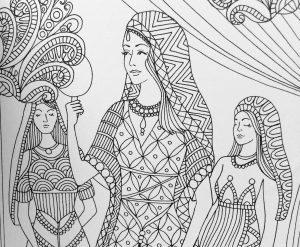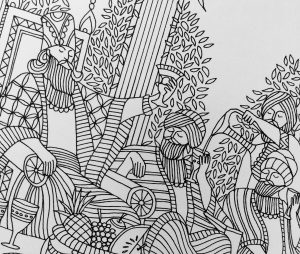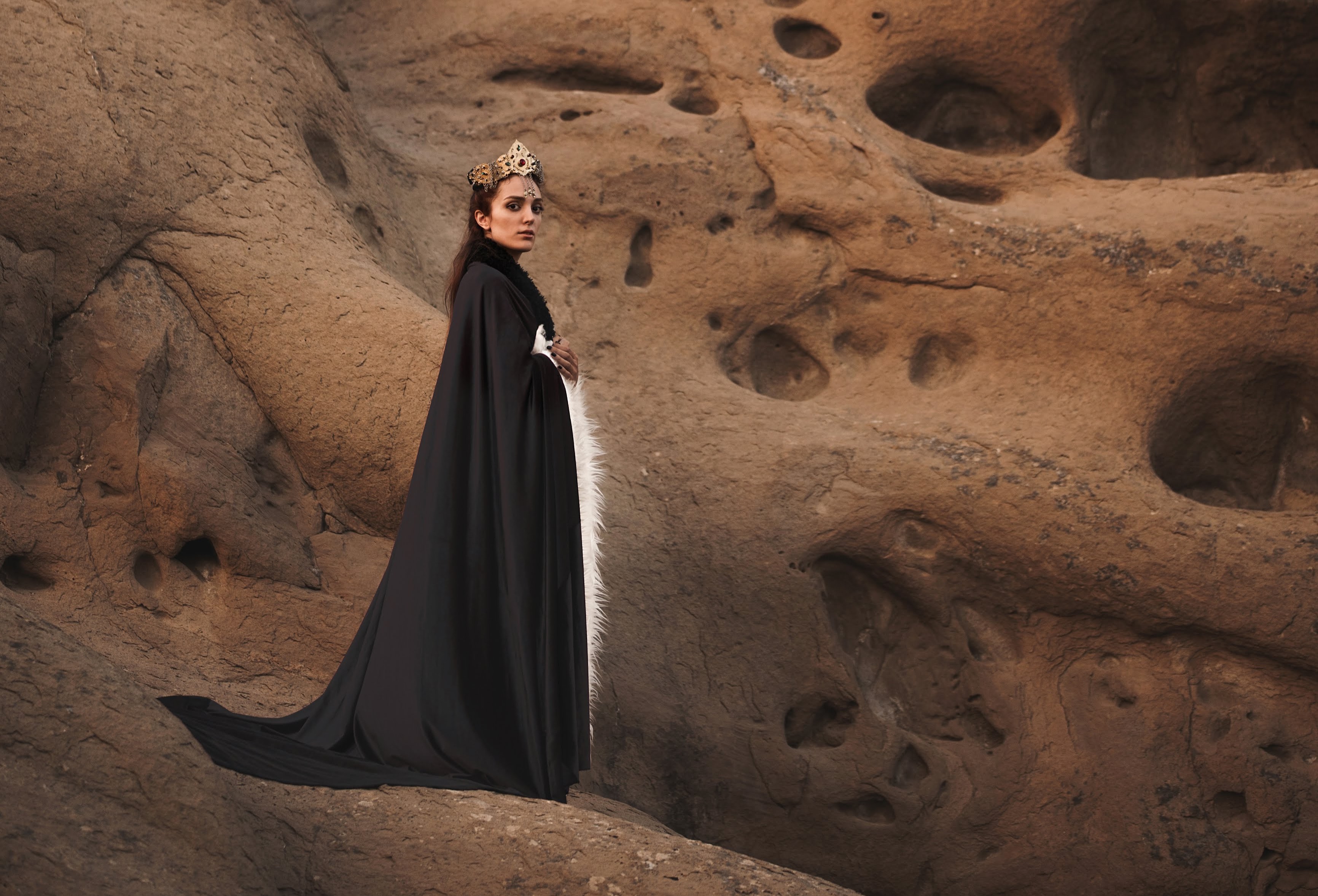Queen Esther is an iconic figure in Biblical literature. Her story demonstrates the way that God places us in situations to orchestrate His plans. Here are 5 facts about the story of Esther that you may have never heard before.
1) What’s in a Name?
 “Now there was a Jew who lived in the palace complex in Susa. His name was Mordecai the son of Jair, the son of Shimei, the son of Kish—a Benjaminite. His ancestors had been taken from Jerusalem with the exiles and carried off with King Jehoiachin of Judah by King Nebuchadnezzar of Babylon into exile. Mordecai had reared his cousin Hadassah, otherwise known as Esther, since she had no father or mother. The girl had a good figure and a beautiful face. After her parents died, Mordecai had adopted her.” Esther 2:7, The Message
“Now there was a Jew who lived in the palace complex in Susa. His name was Mordecai the son of Jair, the son of Shimei, the son of Kish—a Benjaminite. His ancestors had been taken from Jerusalem with the exiles and carried off with King Jehoiachin of Judah by King Nebuchadnezzar of Babylon into exile. Mordecai had reared his cousin Hadassah, otherwise known as Esther, since she had no father or mother. The girl had a good figure and a beautiful face. After her parents died, Mordecai had adopted her.” Esther 2:7, The Message
The Hebrew name Hadassah means “myrtle,” a plant that for the Jews symbolized peace with God and prosperity (see Isaiah 41:19; 55:13). The Persian name Esther means “star”; it sounds like Hadassah and suggests the star-shaped myrtle flowers, but it is related the name of the Babylonian goddess Ishtar.
2) Taken?
“When the king’s order had been publicly posted, many young girls were brought to the palace complex of Susa and given over to Hegai who was overseer of the women. Esther was among them.” Esther 2:8, The Message
The girls were probably not forced, but to refuse the summons meant instant death.
3) Greatly Favored

“Hegai liked Esther and took a special interest in her. Right off he started her beauty treatments, ordered special food, assigned her seven personal maids from the palace, and put her and her maids in the best rooms in the harem. Esther didn’t say anything about her family and racial background because Mordecai had told her not to.” Esther 2:9, The Message
Hesed is normally used for God’s covenant love—His lovingkindness or steadfast love to His covenant people. Seeing the word twice in one chapter of Esther would have reminded Jewish readers of the divine hesed toward Esther and her people. (Recall from Ruth 1:8, 2:20, and 3:10 that Ruth and Boaz showed hesed toward their relatives in the sense of kindness or covenant loyalty, but Hegai’s and Xerxes’ hesed was kindness or favor that came from someone else’s covenant loyalty.)
Another word for favor occurs in Esther 2:15; 5:2,8; 7:3; 8:5 to emphasize the theme of favor in the book.
4) Do You Have an Appointment?
“Hathach came back and told Esther everything Mordecai had said. Esther talked it over with Hathach and then sent him back to Mordecai with this message: “Everyone who works for the king here, and even the people out in the provinces, knows that there is a single fate for every man or woman who approaches the king without being invited: death. The one exception is if the king extends his gold scepter; then he or she may live. And it’s been thirty days now since I’ve been invited to come to the king.’” Esther 4:11, The Message
It’s not clear why Esther didn’t just ask for an audience with the king instead of going to the throne room unannounced. Perhaps she expected a long delay before she could get an appointment, especially because her fickle husband hadn’t even asked to see her for a month. Isolated as she was in the harem, she had few ways of knowing what political concerns were occupying him, what mood he was in, or whether another of his women was his current favorite.
5) Behind Closed Doors

“‘If it please the king,” said Esther, “let the king come with Haman to a dinner I’ve prepared for him.’” Esther 5:4, The Message
The king and queen were not alone in the throne room; there were inevitably retainers, guards, Persian officials, and even perhaps foreigners present on state business. Esther wisely planned to make her request in a more private, less formal setting, where the king would not be seen publicly to change his mind about a law because of his wife’s influence.
—————
You have been reading excerpts from Esther & Ruth, a LifeChange Bible Study from NavPress. Interested in going deeper into a book of the Bible? LifeChange Bible studies are filled with thought-provoking questions, historical context, definitions, and application ideas designed to take you deeper into the Scriptures and help you grow in Christlikeness through a life-changing encounter with God’s Word.

In addition, Esther and Ruth are available as four-week long, coloring and journaling Bible studies from the NavPress Drawn In Bible study collection.



Good info
Many of the men & women of GOD are understood only form the scriptures of the KJV. Much more can be gleaned from manors & costomed of the day. This work takes you into the lives & living of the day. There laws are not equally disturbuted to all the King had rules even he must adhere to, this is the dance between mans rules & GODs will & guidance.
This website was very helpful in my research about Esther for my Book report! Thank You so much for your help, and you very interesting information.
This information was very helpful and extremely interesting thankyou
I’m very in love of her story, such a great inspiration for me, a great example for all women of this generation, for being a brave woman who not fear face the truth, or tell the truth about her identity, woman who only know how to trust her GOD.
I’m very in love of her story, such a great inspiration for me, a great example for all women of this generation, for being a brave woman who not fear face the truth, or tell the truth about her identity, woman who only know how to trust her GOD.